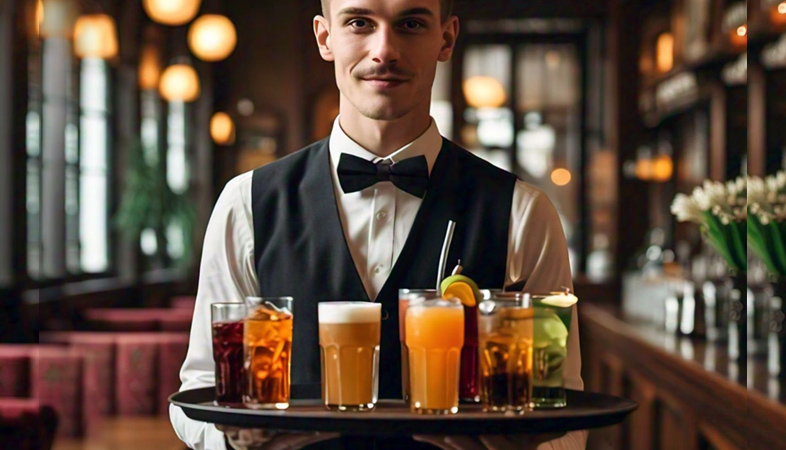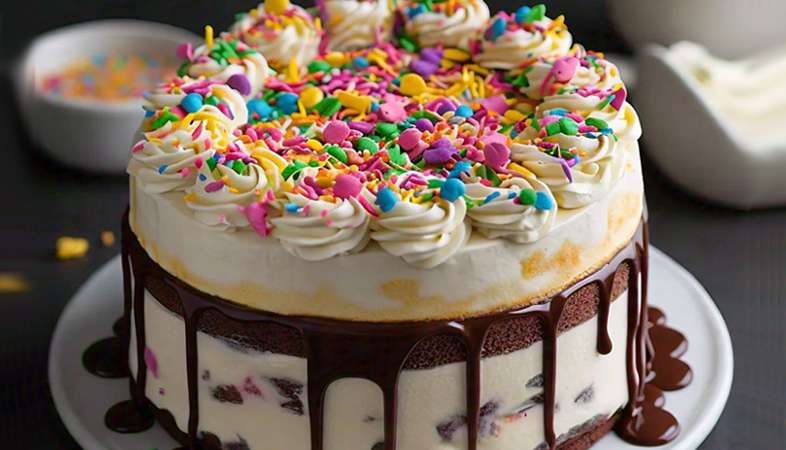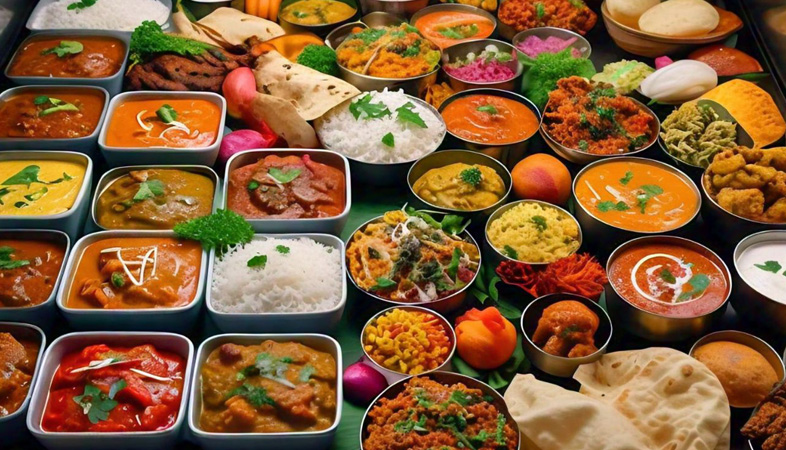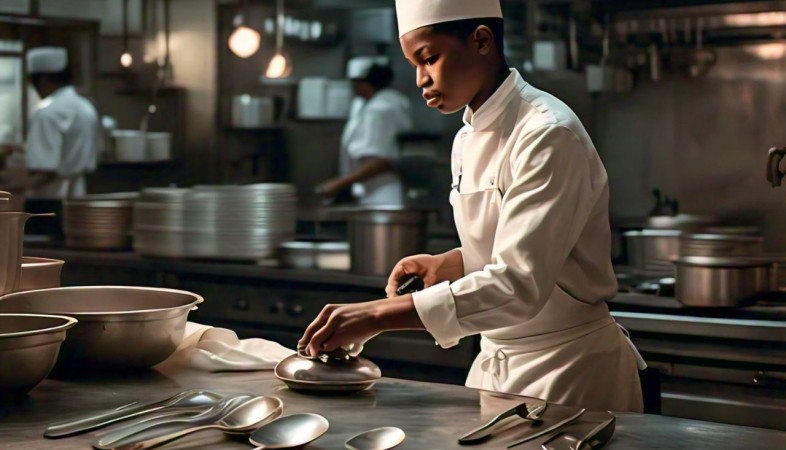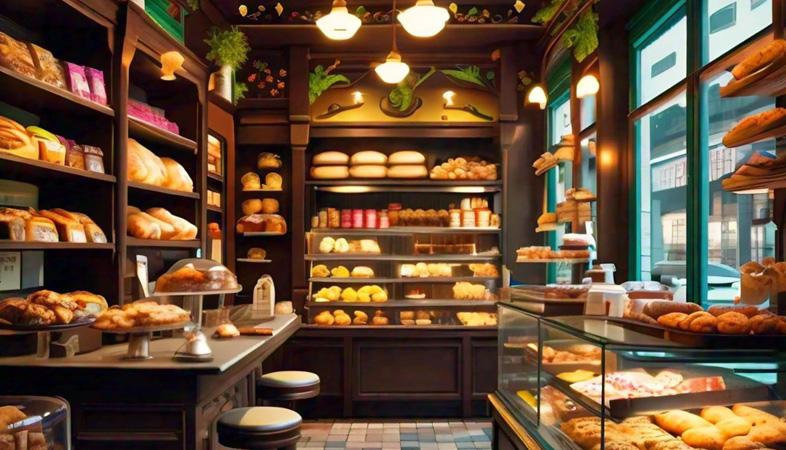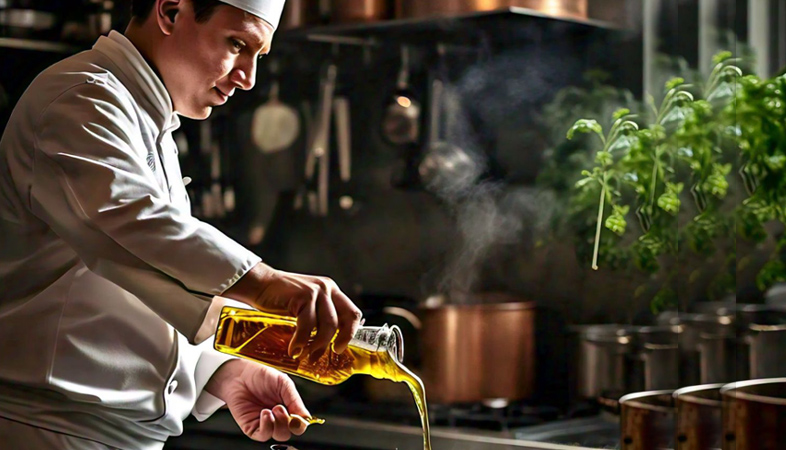Exploring the Fusion of Food and Non-Alcoholic Beverages: A New Culinary Frontier
This culinary frontier offers endless possibilities for creativity, health-conscious choices, and unique dining experiences.
In the ever-evolving world of gastronomy, the fusion of food
and non-alcoholic beverages has emerged as a vibrant and innovative trend. This
culinary frontier offers endless possibilities for creativity, health-conscious
choices, and unique dining experiences. By thoughtfully pairing dishes with an
array of non-alcoholic drinks, chefs and mixologists are redefining the art of
dining, offering guests new ways to enjoy and explore flavors without the
influence of alcohol.
One of the most significant factors driving the rise of non-alcoholic beverage pairings is the growing health consciousness among consumers. As more people adopt lifestyles that prioritize wellness, there is a demand for options that align with these values. Non-alcoholic beverages, from craft sodas and herbal infusions to intricate mocktails and cold-pressed juices, offer a refreshing alternative that can be both delicious and beneficial to health. This shift is also influenced by the increasing interest in mindful drinking, where consumers seek to enjoy their dining experiences without the effects of alcohol, focusing instead on the pure pleasure of taste and texture.
The creativity in non-alcoholic beverage pairing lies in the diverse range of ingredients and techniques available to craft these drinks. Fresh herbs, exotic fruits, and unique spices are often used to create layers of flavor that complement and enhance the dishes they accompany. For instance, a citrusy and herbaceous mocktail might pair beautifully with a light seafood dish, the acidity and fresh notes balancing the flavors of the meal. Similarly, a rich, spiced chai latte can be an excellent companion to a dessert with warm spices, creating a harmonious and satisfying conclusion to the dining experience.
Craft sodas have also found their place in the culinary world, offering a nostalgic yet sophisticated pairing option. These sodas are often made with natural ingredients and without artificial sweeteners, providing a cleaner and more nuanced flavor profile. For example, a ginger-infused soda with its zesty and spicy undertones can be paired with Asian-inspired dishes, enhancing the overall taste with its complementary zing. Meanwhile, a lavender lemonade can provide a soothing contrast to a spicy entree, balancing heat with its floral and citrus notes.
Fermented beverages like kombucha have become popular due to their unique taste and potential health benefits. Kombucha's tangy and effervescent nature makes it an exciting pairing option for various foods. Its probiotic properties also appeal to health-conscious diners looking for a gut-friendly addition to their meal. A delicate kombucha with hints of elderflower might pair wonderfully with a salad featuring goat cheese and berries, while a more robust, ginger-infused kombucha could stand up to heartier fare such as grilled meats or rich stews.
Herbal infusions and teas offer another avenue for creative non-alcoholic pairings. The vast array of flavors available in teas, from the earthy and robust to the light and floral, provides numerous possibilities for matching with food. A smoky lapsang souchong tea can enhance the flavors of a barbecued dish, adding depth and complexity to the palate. Conversely, a delicate jasmine tea can complement a dish of steamed fish and vegetables, its subtle floral notes lifting the meal to new heights.
The rise of mocktail culture has also significantly impacted how non-alcoholic beverages are perceived and enjoyed. Mocktails are no longer seen as simple substitutes for cocktails but as sophisticated drinks in their own right. Skilled mixologists are creating intricate mocktails using techniques such as muddling, infusing, and even smoking to develop complex flavor profiles that rival their alcoholic counterparts. For example, a mocktail featuring muddled basil, fresh lime juice, and a touch of agave syrup can provide a refreshing and aromatic pairing for a Mediterranean-inspired dish. The interplay of flavors between the drink and the food creates a multi-sensory experience that enhances both.
Seasonal and locally sourced ingredients play a crucial role in the pairing process, ensuring that the flavors are fresh and reflective of the region. This approach not only supports local producers but also allows for a more sustainable and authentic dining experience. By focusing on what is available seasonally, chefs and mixologists can create pairings that are in harmony with the natural rhythms of the environment, resulting in a menu that feels both timely and timeless.
Innovative pairings of food and non-alcoholic beverages also open up new possibilities for inclusive dining experiences. They cater to a wider audience, including those who abstain from alcohol for personal, religious, or health reasons. This inclusivity ensures that everyone can partake in the joy of a thoughtfully paired meal, making dining out a more universal and communal experience.
The fusion of food and non-alcoholic beverages is an exciting and dynamic trend that is reshaping the culinary landscape. By exploring new flavors, techniques, and pairings, chefs and mixologists are creating unique dining experiences that cater to a diverse range of tastes and preferences. This approach not only aligns with growing health consciousness but also celebrates creativity and inclusivity, making the dining experience richer and more enjoyable for everyone. Whether through the use of fresh herbs, exotic fruits, or artisanal techniques, the world of non-alcoholic beverages offers a new frontier of culinary innovation that promises to delight and inspire.
.png)


